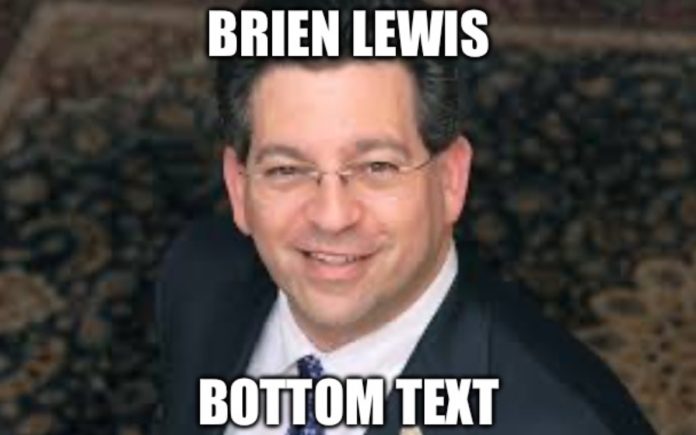The impact of the “meme” has evolved from a sporadic cultural phenomena to a multi-billion dollar industry. Internet memes have proven themselves as modern prisms of culture, identity, and personality that no other kind of cultural diffusion such as film or music can match. But what does this mean for Transylvania students?
Transylvania Meme Study Results
After posting a Google form to TNotes, I would argue the university’s population reflects a shared concern of desiring more originality/diversity throughout campus. Predictable data commonalities showcased Transylvania’s dominating student body represented a white female Kentuckian (92.9%, 57.1%, 82.1% respectively) who regularly shared a wide variety of meme formats at least once a week (78.6%). Memes were mostly humorous and many Transy-specific/Yik Yak memes centered around President Brien Lewis, FSL life, and shortcomings of Transylvania. Despite traceable similarities, the respondents did seem to favor original memes with niche content (78.6%) like older cartoons (42.9%) and 2015-2019 content (64.3%) winning out against a preference for targeted feeds (only 7.1% branded preference). Moreover, many students felt like the memes they shared represented their identity (67.9%) and correlated memes with positive emotions (96.4%).
But what is a meme?
Originally, the term “meme” was coined by biologist Richard Dawkins’ in 1976’s The Selfish Gene as cultural units which spread like disease. For example, the recently revitalized “Ice Bucket Challenge” exemplifies a mutated evergreen meme. However, Dawkins’ biological model has seen some backlash. Limor Shifman details in her 2008 book Memes in Digital Culture that “reducing culture to biology narrows and simplifies complex human behaviors.” Sociologically-defined meme history asserts human society is very mappable but never totally predictable. Yet, I counter that the idea of a meme’s target audience can be adhered to large swaths of users confidently.
Furthermore, Facebook data scientists showcased a 2014 analysis which alarmingly idealized Dawkins repetitive mutation theory if “a variant [matched] the subpopulation’s beliefs or culture.” Basically, political polarization was inherently readable based on memetic content such as feelings about Obamacare. This study underpins ideas of platforms like Facebook that actually limit a bridged dialogue.
The value and potential danger of Internet memes
While almost always a “complex amalgam of ideas, textual practices, and communicative strategies” meme construction vastly differs depending on the context or “niche” it is placed into (Shiffman). Gaming memes such as the “You died” format relies on the understanding of an audience familiar to this popular game over screen. Similarly, recent J.D. Vance Photoshop memes rely on the context of a tense debate between the vice president and Ukrainian leader Volodymyr Zelenskyy. Both examples offer something beyond the sum of comedy with much fiery discourse behind the scenes. However, politics are seen as more critical to the wellbeing of the public. Niches, therefore, can interlace conceptually but are weighed upon by a different cultural scale.
Memeology features unique generational division as well. Gen Z and Millennials pioneered meme use to express mood, identity, and worldview. Memes thrive off of the relatability of being “inside the joke.” But relatability might come for adolescents like my younger sister in the form of school or soccer memes while my mom’s feed is more centered around family and political memes. Memes break barriers through their personalized potency which subtly replaces traditional identity-building tools. Algorithms are built to eliminate and demonize the necessity of meeting opposing viewpoints. But, as playwright Richard Foreman warns, this metaphorically creates a society of “pancake people” homogenizing all creative ideas into algorithmically designed nothingness.
How do memes succeed?
So what about “brain rot?” Overblown digital consumption applauds “retention-based” artistry as platforms such as YouTube and TikTok have come under fire for AI-positive policies promoting an shortform-dominant attention economy. Social media isn’t fighting financially, it’s dealing cosmic trading cards of time and influence. While brain rot seems new, the reality of culturally isolating extremist content is just much more obvious this time. Still, conceptual understanding of an “online influencer” has now spurred a lot of distaste for such rampant manipulation.
YouTube’s golden goose Jimmy Donaldson (MrBeast) has notoriously underlined online success equates to analytical understanding and relentless optimization towards human psychology. Donaldson’s approach to gauging content blueprints with an “interest market cap” (view ceiling), preaches there can “never be a perfect video” but always a more refined path. Despite differing views, this connection between creators and viewers is ultimately what drives memetic growth. Content series such as “Skibidi Toilet” or “Italian brainrot,” are seemingly nonsensical, yet, are insatiably alluring due to a storied journey of funny characters
Virality & Neuroscience
Laughing which changes personal and professional lives. Many parents are now starting to censor their children in social media posts due to safety, privacy, and consent concerns. Virality also uplifts misinformation such as Mary Kate Cornett, a college student who suffered a false sexual allegation. Cornett’s lawyer Monica Uddin relented that “the law has not caught up with the speed at which a lie travels online” complicating memetic justice. Even worse, some stigmatizing memes can barely be controlled at all.
Neuroscience underlines the importance of dopamine centric feedback loops in addiction. As Stanford psychiatrist Anna Lembke explains, humans’ biological survival needs for positive connection “kept us alive for millions of years.” But, a post-scarcity environment has toppled humanity’s brain chemistry rendering music’s dopamine-laced infusion into shareable trends a perfect chemical storm. Going viral does involve a natural element of luck. But as 2017’s rapidly uniting trends showcased, common threads of abstract elements (Fortnite emotes) peppered with novelty (fidget toys/slime) and a bombastic music-fueled economy (TikTok) light a primal lightbulb for orchestrated memes. Good memes are immediately recognizable, planting seeds of connection within shared experiences.
Conclusion
While often dismissed as pointless byproducts of human creativity, memes represent deep cultural tokens of the human experience. Cultivating memes that champion change is pivotal towards opening a dialogue in our continually separating society. The meme is the new cultural king; it deserves to be revered as such.



